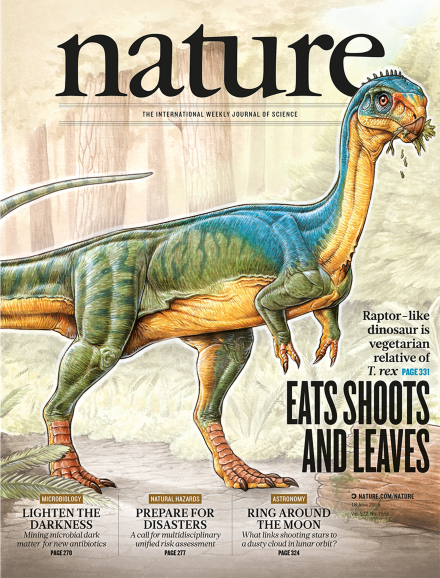Volume 522 Issue 7556, 18 June 2015
Editorial
World View
Research Highlights
Social Selection
Seven Days
News
Correction
News Feature
Comment
Books & Arts
Correspondence
Correction
News & Views
Review Article
Article
Letter
Technology Feature
-
Organs from the lab
Collection:

